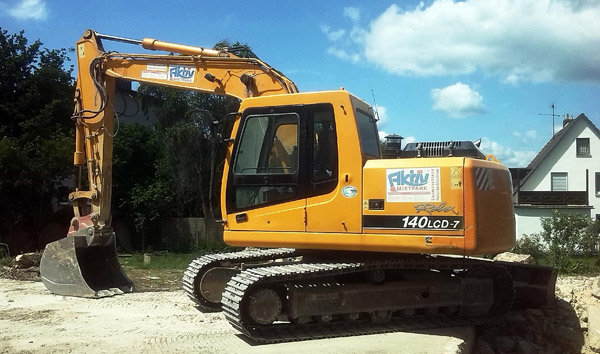The Evolving Landscape of Used Rough Terrain Forklifts
2025-08-02 04:55:23
The global second-hand market for Rough Terrain Forklifts has seen steady growth, with a projected 6.8% CAGR from 2023 to 2030, according to industry reports. Buyers increasingly favor pre-owned models due to cost savings, with prices averaging 40-60% lower than new units. Key markets include North America, where construction activity drives demand, and Southeast Asia, where agricultural expansion fuels sales.
One major factor shaping the rough terrain forklift second-hand market is equipment lifespan. Well-maintained models from brands like Caterpillar and JCB retain up to 70% of their value after five years. Buyers prioritize low-hour machines (under 3,000 operating hours) and documented service histories. Auction platforms like Ritchie Bros. report a 22% increase in online bidding for used rough terrain forklifts since 2021, indicating digitalization's impact on the sector.
Regional pricing disparities are notable in the rough terrain forklift second-hand market. In Europe, stricter emissions regulations depress prices for older Tier 3 models, while Latin America shows strong demand for refurbished units. Industry data reveals that 35% of second-hand rough terrain forklifts sold in 2023 were exported, with the UAE emerging as a key re-export hub for Africa-bound equipment.
The future of the rough terrain forklift second-hand market hinges on two trends: electrification and telematics. While diesel models dominate current inventory, buyers increasingly inquire about battery-electric options. Meanwhile, GPS-enabled machines command 15-20% price premiums due to reduced theft risk and maintenance predictability. As inventory turnover accelerates, dealers must adapt to these shifting preferences in the rough terrain forklift second-hand market.













